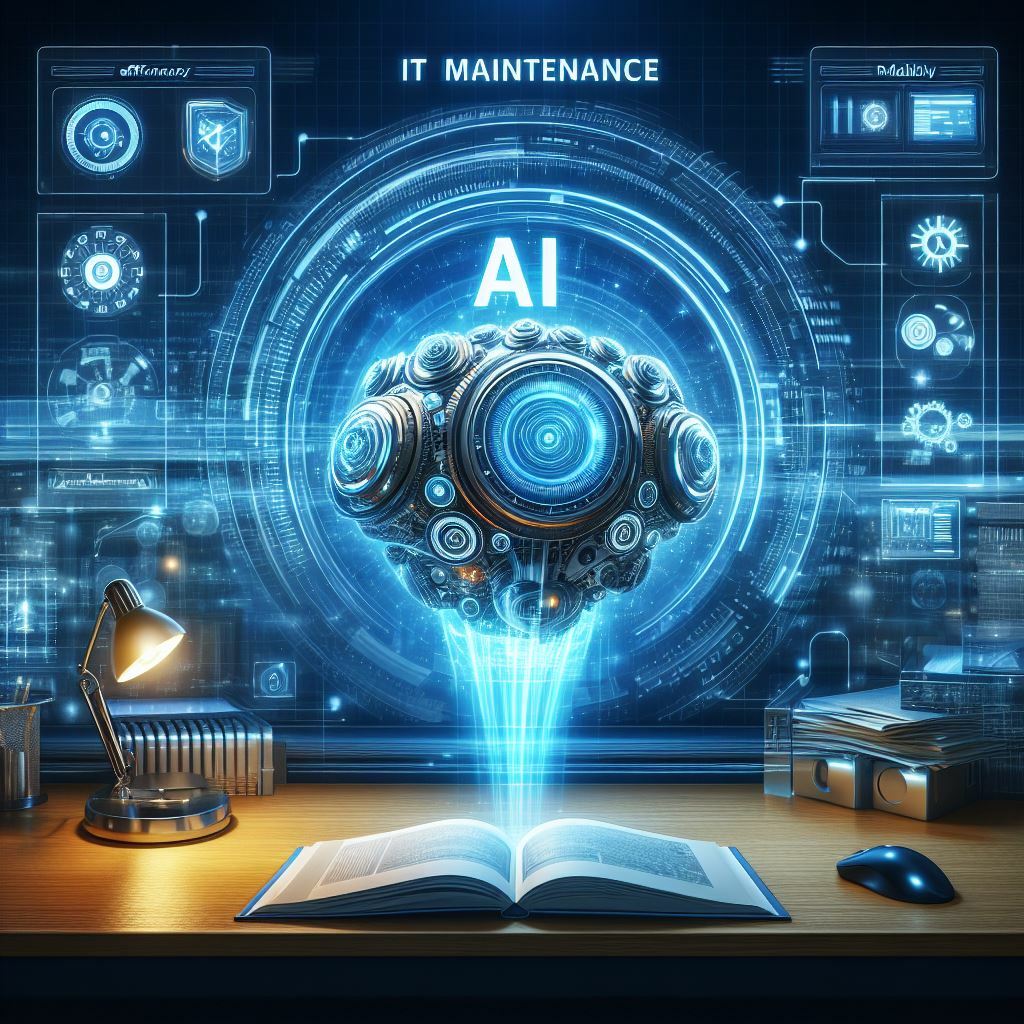In the dynamic landscape of IT world, ensuring uninterrupted system operation is paramount for businesses to maintain their competitive edge. However, the traditional reactive maintenance approach often leads to costly downtimes and productivity losses. Enter Predictive Maintenance (PdM), a proactive strategy empowered by AI, revolutionizing how IT systems are managed and maintained.
Understanding PdM
PdM is a cutting-edge approach to maintenance that leverages data analytics and machine learning algorithms to anticipate equipment failures and enable proactive maintenance actions. By harnessing the power of AI, PdM can process vast amounts of data from diverse sources, such as sensor readings, system logs, and historical maintenance records, to identify patterns and anomalies that may indicate impending failures. In the context of IT systems, PdM plays a crucial role in ensuring business continuity, minimizing downtime, and optimizing maintenance costs. It relies on collecting and integrating data from various sources within the IT infrastructure, including servers, storage systems, network devices, and applications. This data can encompass performance metrics, error logs, temperature readings, and other relevant telemetry. The collected data often requires preprocessing steps like cleaning, normalization, and feature engineering to prepare it for analysis by machine learning algorithms.
AI algorithms, such as machine learning and deep learning models, are trained on historical data to learn patterns and correlations that can predict potential failures. These models can identify subtle anomalies or deviations from normal behavior that may indicate an impending failure. The trained models continuously monitor the incoming data streams from the IT systems, looking for patterns or anomalies that match the learned failure signatures. When a potential failure is detected, the system triggers an early warning, allowing IT teams to take preventive actions before an actual failure occurs.
Based on the predicted failure risk and the criticality of the affected components, PdM systems can help IT teams prioritize and schedule maintenance activities proactively. This can include ordering replacement parts, scheduling downtime for repairs or upgrades, or implementing temporary workarounds to mitigate the risk of failure. PdM systems can also assist in identifying the root causes of failures by analyzing the data patterns and correlations leading up to the failure event. This insight can help IT teams address underlying issues and prevent similar failures from occurring in the future.
Benefits of AI-Driven PdM
- Cost Reduction: By anticipating maintenance needs, organizations can avoid costly unplanned downtimes, reduce repair costs, and optimize resource allocation.
- Improved Reliability: AI-driven PdM enhances system reliability by identifying potential issues early, enabling timely interventions to prevent failures and ensure smooth operations.
- Enhanced Efficiency: Proactively addressing maintenance needs minimizes disruptions, leading to increased productivity and operational efficiency.
- Data-Driven Decision Making: AI algorithms analyze large datasets to identify patterns and anomalies, empowering organizations to make informed decisions based on data-driven insights.

AI Technologies Powering PdM
- ML: ML algorithms analyze historical data to detect patterns and anomalies, enabling the prediction of future system failures with high accuracy.
- Deep Learning: Deep learning models, such as neural networks, excel at processing unstructured data like images, texts, and logs, enhancing the predictive capabilities of PdM systems.
- NLP: NLP algorithms extract insights from textual data, such as maintenance logs and incident reports, aiding in the identification of maintenance patterns and trends.
- IoT: IoT sensors collect real-time data on equipment performance and environmental conditions, providing valuable inputs for predictive maintenance models.
Real-World Applications
- Data Centers: Predictive maintenance is widely employed in data centers to ensure the uninterrupted operation of critical infrastructure components, such as servers, cooling systems, and power distribution units.
- Networking Equipment: AI-driven PdM helps organizations maintain network switches, routers, and other networking equipment by predicting failures and optimizing maintenance schedules.
- Software Systems: Predictive maintenance techniques are utilized to anticipate potential software bugs and performance issues, leading to higher software reliability and user satisfaction.
Challenges and Considerations
- Data Quality: The effectiveness of AI-driven predictive maintenance relies heavily on the quality and availability of data. Poor data quality or insufficient data can undermine the accuracy of predictions.
- Algorithmic Bias: AI algorithms may exhibit biases, leading to inaccurate predictions or discriminatory outcomes. Addressing algorithmic bias requires careful algorithm design and continuous monitoring.
- Integration Complexity: Integrating AI-driven predictive maintenance solutions into existing IT infrastructure can be complex and requires careful planning to ensure compatibility and seamless operation.
Conclusion
Leveraging AI for PdM in IT systems offers numerous benefits, including cost reduction, improved reliability, and enhanced efficiency. By harnessing the power of AI technologies such as machine learning, deep learning, and natural language processing, organizations can proactively manage maintenance needs and mitigate potential risks. However, challenges such as data quality, algorithmic bias, and integration complexity must be addressed to realize the full potential of AI-driven PdM.
